|
Hildebrand
Hildebrand is a character from Germanic heroic legend. ''Hildebrand'' is the modern German form of the name: in Old High German it is ''Hiltibrant'' and in Old Norse ''Hildibrandr''. The word ''hild'' means "battle" and ''brand'' means "sword". The name itself is very likely of Lombardic origin. He is associated with the cycle of legends about Theodoric the Great, called Dietrich in German, to whom he is a companion. Hildebrand appears in many works, most prominently in the Old High German ''Hildebrandslied'', the Middle High German ''Nibelungenlied'', in the Old Norse song "Hildebrand's Death" in ''Ásmundar saga kappabana'' (called ''Hildibrandr''), and in the late medieval ''Jüngeres Hildebrandslied''. He also appears as ''Hildiger'' in ''Gesta Danorum''. In the Nibelungenlied, he is the armourer, brother-in-arms, and fatherly friend of Dietrich von Bern. Hildebrand kills Kriemhild, after she orders her brother's death and then kills Hagen herself. Hildebrand plays a suppo ... [...More Info...] [...Related Items...] OR: [Wikipedia] [Google] [Baidu] |
Hildebrandslied
The ''Hildebrandslied'' (; ''Lay'' or ''Song of Hildebrand'') is a heroic lay written in Old High German alliterative verse. It is the earliest poetic text in German, and it tells of the tragic encounter in battle between a father (Hildebrand) and a son (Hadubrand) who does not recognize him. It is the only surviving example in German of a genre which must have been important in the oral literature of the Germanic tribes. The text was written in the 830s on two spare leaves on the outside of a religious codex in the monastery of Fulda. The two scribes were copying from an unknown older original, which itself must ultimately have derived from oral tradition. The story of Hildebrand and Hadubrand almost certainly goes back to 7th- or 8th-century Lombardy and is set against the background of the historical conflict between Theodoric and Odoacer in 5th-century Italy, which became a major subject for Germanic heroic legend. The fundamental story of the father and son who fail to recog ... [...More Info...] [...Related Items...] OR: [Wikipedia] [Google] [Baidu] |
Jüngeres Hildebrandslied
The ''Jüngeres Hildebrandslied'' (the younger lay of Hildebrand) or ''Das Lied von dem alten Hildebrand'' (the song of old Hildebrand) is an anonymous Early New High German heroic ballad, first attested in the fifteenth century. A late attestation of Germanic heroic legend, the ballad features the same basic story as the much older ''Hildebrandslied'', but was composed without knowledge of that text. Rather, it reworks the oral legend of the warrior Hildebrand and his fight against his son (here Alebrand) in accordance with late medieval and early modern taste. It is highly sentimentalized and focuses on Hildebrand's return home rather than the tragic conflict of the older tradition. The ''Jüngeres Hildebrandslied'' was an extremely popular ballad in the age of print, and continued to be reprinted into the eighteenth century. Its melody was well known and the poem has given its name to its metrical form, the so-called "Hildebrandston". The ''Jüngeres Hildebrandslied'' was trans ... [...More Info...] [...Related Items...] OR: [Wikipedia] [Google] [Baidu] |
Hildebrand Warnt Die Burgunder An Der Mauer Warten Kriemhild Dietrich Hundeshagenscher Kodex
Hildebrand is a character from Germanic heroic legend. ''Hildebrand'' is the modern German form of the name: in Old High German it is ''Hiltibrant'' and in Old Norse ''Hildibrandr''. The word ''hild'' means "battle" and ''brand'' means "sword". The name itself is very likely of Lombardic origin. He is associated with the cycle of legends about Theodoric the Great, called Dietrich in German, to whom he is a companion. Hildebrand appears in many works, most prominently in the Old High German ''Hildebrandslied'', the Middle High German ''Nibelungenlied'', in the Old Norse song "Hildebrand's Death" in ''Ásmundar saga kappabana'' (called ''Hildibrandr''), and in the late medieval ''Jüngeres Hildebrandslied''. He also appears as ''Hildiger'' in ''Gesta Danorum''. In the Nibelungenlied, he is the armourer, brother-in-arms, and fatherly friend of Dietrich von Bern. Hildebrand kills Kriemhild, after she orders her brother's death and then kills Hagen herself. Hildebrand plays a suppo ... [...More Info...] [...Related Items...] OR: [Wikipedia] [Google] [Baidu] |
Legends About Theodoric The Great
Dietrich von Bern is the name of a character in Germanic heroic legend who originated as a legendary version of the Ostrogothic king Theodoric the Great. The name "Dietrich", meaning "Ruler of the People", is a form of the Germanic name "Theodoric". In the legends, Dietrich is a king ruling from Verona (Bern) who was forced into exile with the Huns under Etzel by his evil uncle Ermenrich. The differences between the known life of Theodoric and the picture of Dietrich in the surviving legends are usually attributed to a long-standing oral tradition that continued into the sixteenth century. Most notably, Theodoric was an invader rather than the rightful king of Italy and was born shortly after the death of Attila and a hundred years after the death of the historical Gothic king Ermanaric. Differences between Dietrich and Theodoric were already noted in the Early Middle Ages and led to a long-standing criticism of the oral tradition as false. Legends about Theodoric may have exis ... [...More Info...] [...Related Items...] OR: [Wikipedia] [Google] [Baidu] |
Dietrich Von Bern
Dietrich von Bern is the name of a character in Germanic heroic legend who originated as a legendary version of the Ostrogothic king Theodoric the Great. The name "Dietrich", meaning "Ruler of the People", is a form of the Germanic name "Theodoric". In the legends, Dietrich is a king ruling from Verona (Bern) who was forced into exile with the Huns under Etzel by his evil uncle Ermenrich. The differences between the known life of Theodoric and the picture of Dietrich in the surviving legends are usually attributed to a long-standing oral tradition that continued into the sixteenth century. Most notably, Theodoric was an invader rather than the rightful king of Italy and was born shortly after the death of Attila and a hundred years after the death of the historical Gothic king Ermanaric. Differences between Dietrich and Theodoric were already noted in the Early Middle Ages and led to a long-standing criticism of the oral tradition as false. Legends about Theodoric may have exi ... [...More Info...] [...Related Items...] OR: [Wikipedia] [Google] [Baidu] |
Germanic Heroic Legend
Germanic heroic legend (german: germanische Heldensage) is the heroic literary tradition of the Germanic-speaking peoples, most of which originates or is set in the Migration Period (4th-6th centuries AD). Stories from this time period, to which others were added later, were transmitted orally, traveled widely among the Germanic speaking peoples, and were known in many variants. These legends typically reworked historical events or personages in the manner of oral poetry, forming a heroic age. Heroes in these legends often display a heroic ethos emphasizing honor, glory, and loyalty above other concerns. Like Germanic mythology, heroic legend is a genre of Germanic folklore. Heroic legends are attested in Anglo-Saxon England, medieval Scandinavia, and medieval Germany. Many take the form of Germanic heroic poetry (german: germanische Heldendichtung): shorter pieces are known as heroic lays, whereas longer pieces are called Germanic heroic epic (). The early Middle Ages preser ... [...More Info...] [...Related Items...] OR: [Wikipedia] [Google] [Baidu] |
Virginal (poem)
''Virginal'', also known as ''Dietrichs erste Ausfahrt'' (Dietrich's first quest), or ''Dietrich und seine Gesellen'' (Dietrich and his companions) is an anonymous Middle High German poem about the legendary hero Dietrich von Bern, the counterpart of the historical Ostrogothic king Theodoric the Great in Germanic heroic legend. It is one of the so-called fantastical (''aventiurehaft'') Dietrich poems, so called because it more closely resembles a courtly romance than a heroic epic. The poem was composed by 1300 at the latest, and may have been composed as early as the second quarter of the thirteenth century. There are three principle versions of the ''Virginal''. The poem concerns the still young and inexperienced Dietrich's quest to save the dwarf queen Virginal in Tyrol from a force of attacking heathens. After defeating the heathens, Dietrich encounters a series of further adventures while trying to reach Virginal's court, including, depending on version, his capture by giants ... [...More Info...] [...Related Items...] OR: [Wikipedia] [Google] [Baidu] |
Ásmundar Saga Kappabana
''Ásmundar saga kappabana'' is the saga of Asmund the Champion-Killer, a legendary saga from Iceland, first attested in the manuscript Stockholm, Royal Library, Holm. 7, 4to, from the first half of the fourteenth century.Ciklamini, M., ‘The Combat Between Two Half-Brothers; A Literary Study of the Motif in Ásmundar saga kappabana and Saxonis gesta Danorum’, Neophilologus, 50 (1966), 269–279, 370–79 DOI 10.1007/BF01515206, 10.1007/BF01515217. It is essentially an adaptation of the German ''Hildebrandslied'', but it has assimilated matter from the Tyrfing Cycle. Synopsis The saga relates that Hildebrand, the king of the Huns had a son named Helgi, who was married to Hild, the daughter of the Swedish king Budli. Helgi and Hild had a son who was raised by his grandfather and named Hildebrand after him. Hildebrand became a great warrior and was called the ''Hunnish champion''. When his father Helgi had fallen in a war, his maternal grandfather, the Swedish king Budli, was kil ... [...More Info...] [...Related Items...] OR: [Wikipedia] [Google] [Baidu] |
Sigenot
''Sigenot'' is an anonymous Middle High German poem about the legendary hero Dietrich von Bern, the counterpart of the historical Ostrogothic king Theodoric the Great in Germanic heroic legend. It is one of the so-called fantastical (''aventiurehaft'') Dietrich poems, so called because it more closely resembles a courtly romance than a heroic epic. It was likely written in the Alemannic dialect area, no later than 1300. The poem concerns Dietrich's fight with the eponymous giant Sigenot, who defeats Dietrich and takes him prisoner. Dietrich must be rescued by his mentor Hildebrand, who himself is defeated by the giant but manages to escape with the help of the dwarf Eggerich and kill the giant. The ''Sigenot'' exists in two principle versions. It was by far the most popular of all Dietrich poems, being transmitted in eight extant manuscripts and twenty-one printings until 1661. It inspired various artistic depictions as well. It is nevertheless not regarded very highly as a work o ... [...More Info...] [...Related Items...] OR: [Wikipedia] [Google] [Baidu] |
Nibelungenlied
The ( gmh, Der Nibelunge liet or ), translated as ''The Song of the Nibelungs'', is an epic poetry, epic poem written around 1200 in Middle High German. Its anonymous poet was likely from the region of Passau. The is based on an oral tradition of Germanic heroic legend that has some of its origin in historic events and individuals of the 5th and 6th centuries and that spread throughout almost all of Germanic languages, Germanic-speaking Europe. Scandinavian parallels to the German poem are found especially in the heroic lays of the ''Poetic Edda'' and in the ''Völsunga saga''. The poem is split into two parts. In the first part, the prince Sigurd, Siegfried comes to Worms, Germany, Worms to acquire the hand of the Burgundians, Burgundian princess Kriemhild from her brother King Gunther. Gunther agrees to let Siegfried marry Kriemhild if Siegfried helps Gunther acquire the warrior-queen Brünhild as his wife. Siegfried does this and marries Kriemhild; however, Brünhild and Krie ... [...More Info...] [...Related Items...] OR: [Wikipedia] [Google] [Baidu] |
Old High German
Old High German (OHG; german: Althochdeutsch (Ahd.)) is the earliest stage of the German language, conventionally covering the period from around 750 to 1050. There is no standardised or supra-regional form of German at this period, and Old High German is an umbrella term for the group of continental West Germanic dialects which underwent the set of consonantal changes called the Second Sound Shift. At the start of this period, the main dialect areas belonged to largely independent tribal kingdoms, but by 788 the conquests of Charlemagne had brought all OHG dialect areas into a single polity. The period also saw the development of a stable linguistic border between German and Gallo-Romance, later French. The surviving OHG texts were all written in monastic scriptoria and, as a result, the overwhelming majority of them are religious in nature or, when secular, belong to the Latinate literary culture of Christianity. The earliest written texts in Old High German, glosses and i ... [...More Info...] [...Related Items...] OR: [Wikipedia] [Google] [Baidu] |
Kriemhild
Gudrun ( ; non, Guðrún) or Kriemhild ( ; gmh, Kriemhilt) is the wife of Sigurd/Siegfried and a major figure in Germanic heroic legend and literature. She is believed to have her origins in Ildico, last wife of Attila the Hun, and two queens of the Merovingian dynasty, Brunhilda of Austrasia and Fredegund. In both the Continental (German) and Scandinavian traditions, Gudrun/Kriemhild is the sister of the Burgundian king Gunther/Gunnar and marries the hero Siegfried/Sigurd. Both traditions also feature a major rivalry between Gudrun and Brunhild, Gunther's wife, over their respective ranks. In both traditions, once Sigurd has been murdered, Gudrun is married to Etzel/Atli, the legendary analogue of Attila the Hun. In the Norse tradition, Atli desires the hoard of the Nibelungen, which the Burgundians had taken after murdering Sigurd, and invites them to his court; intending to kill them. Gudrun then avenges her brothers by killing Atli and burning down his hall. The Norse ... [...More Info...] [...Related Items...] OR: [Wikipedia] [Google] [Baidu] |

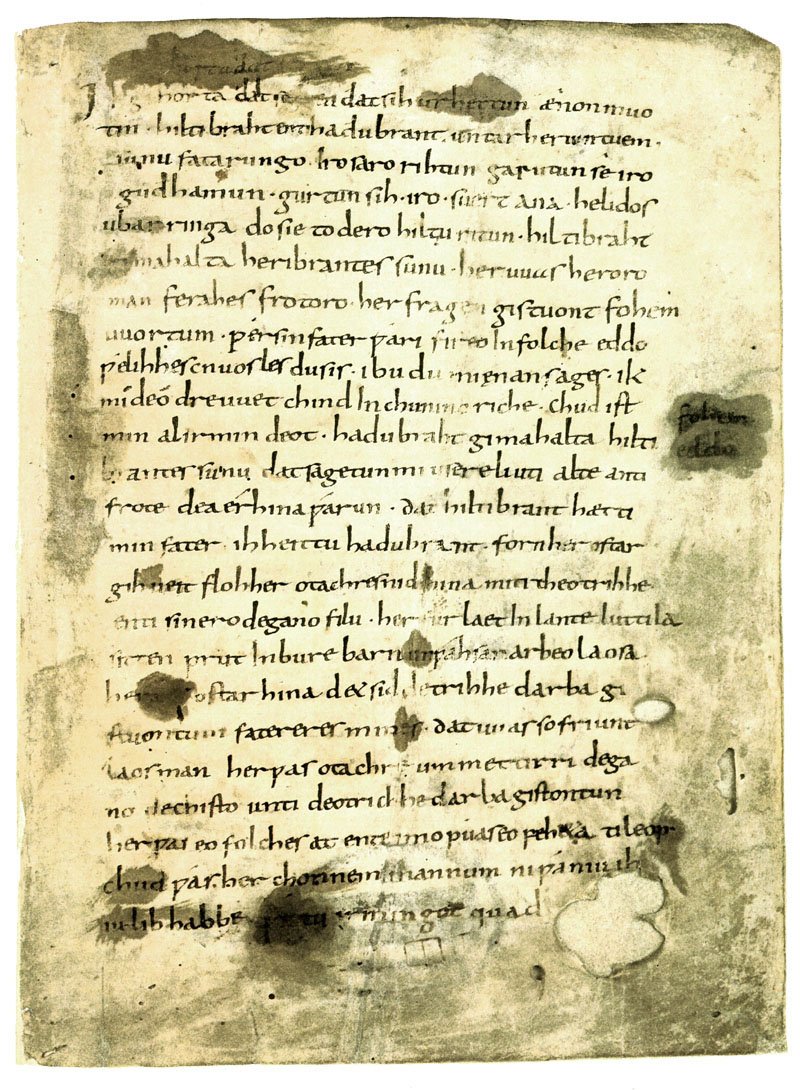


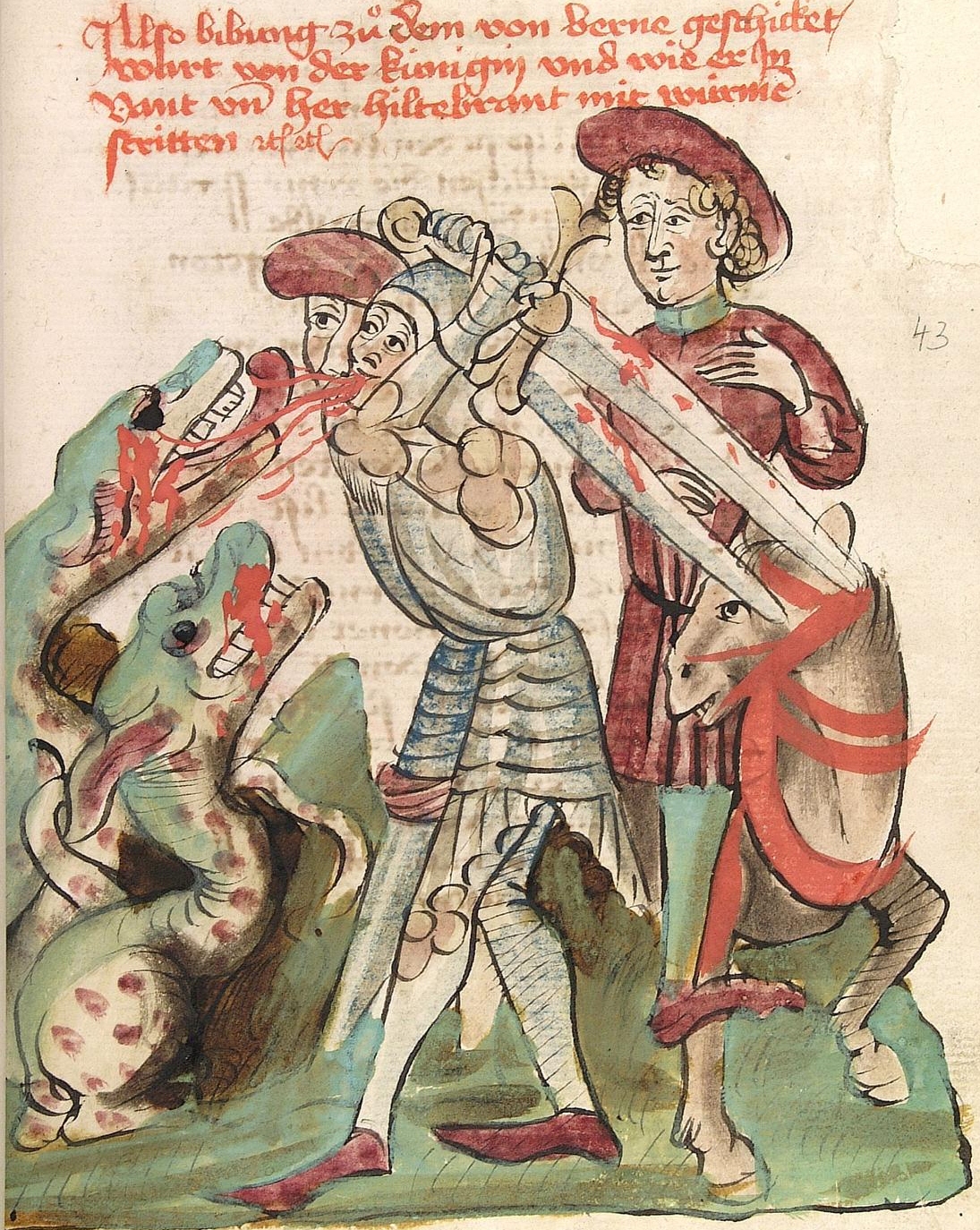
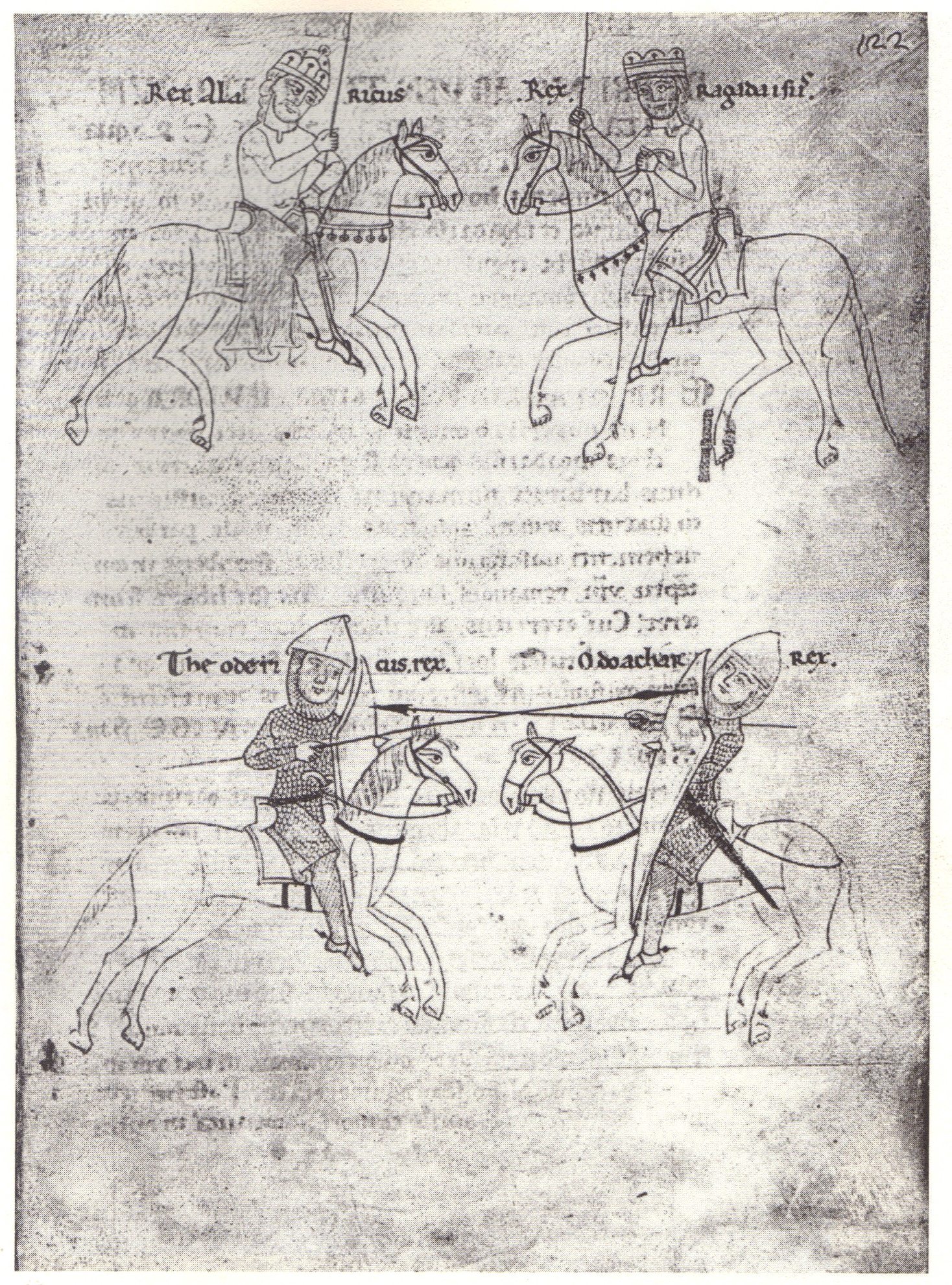

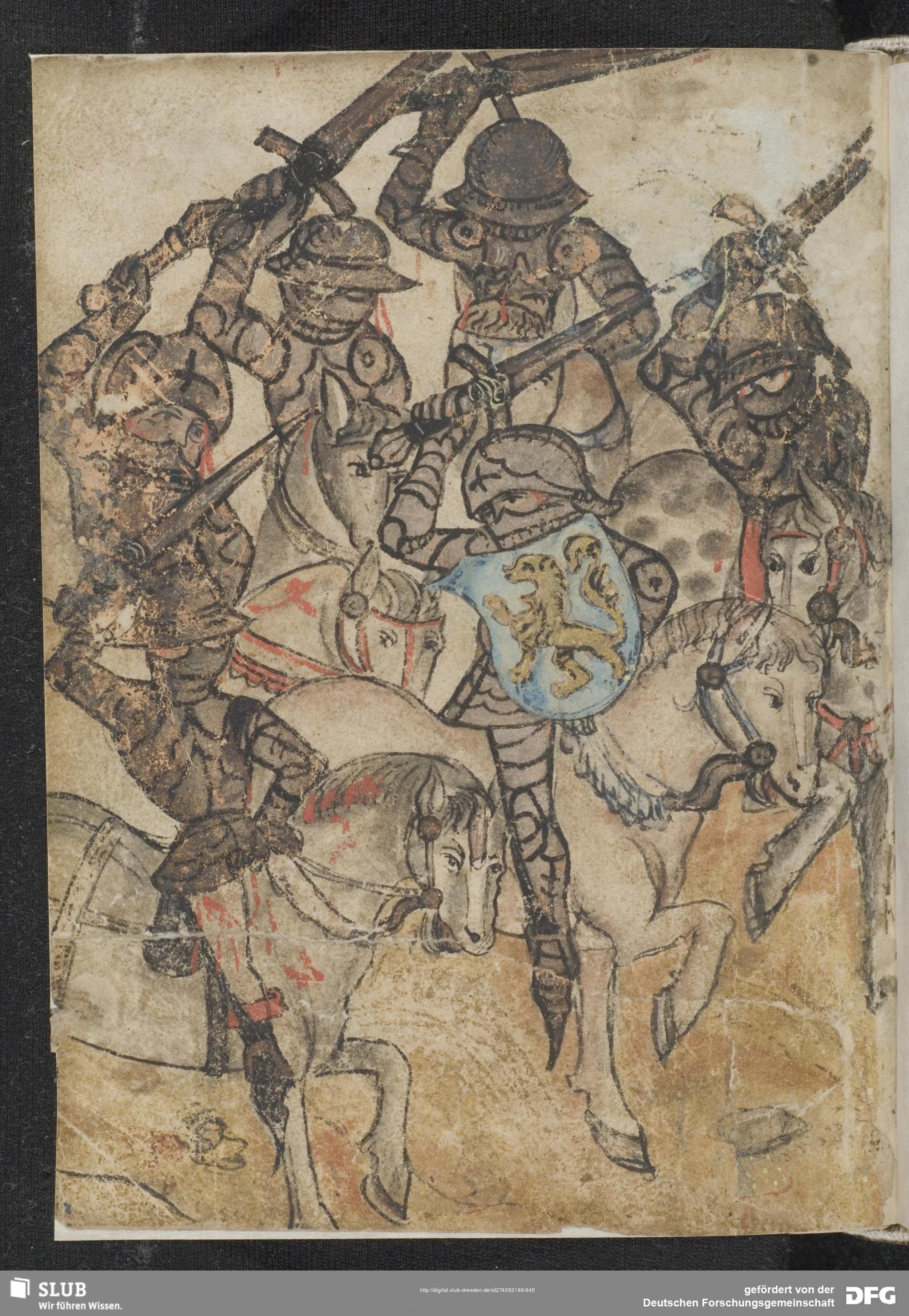

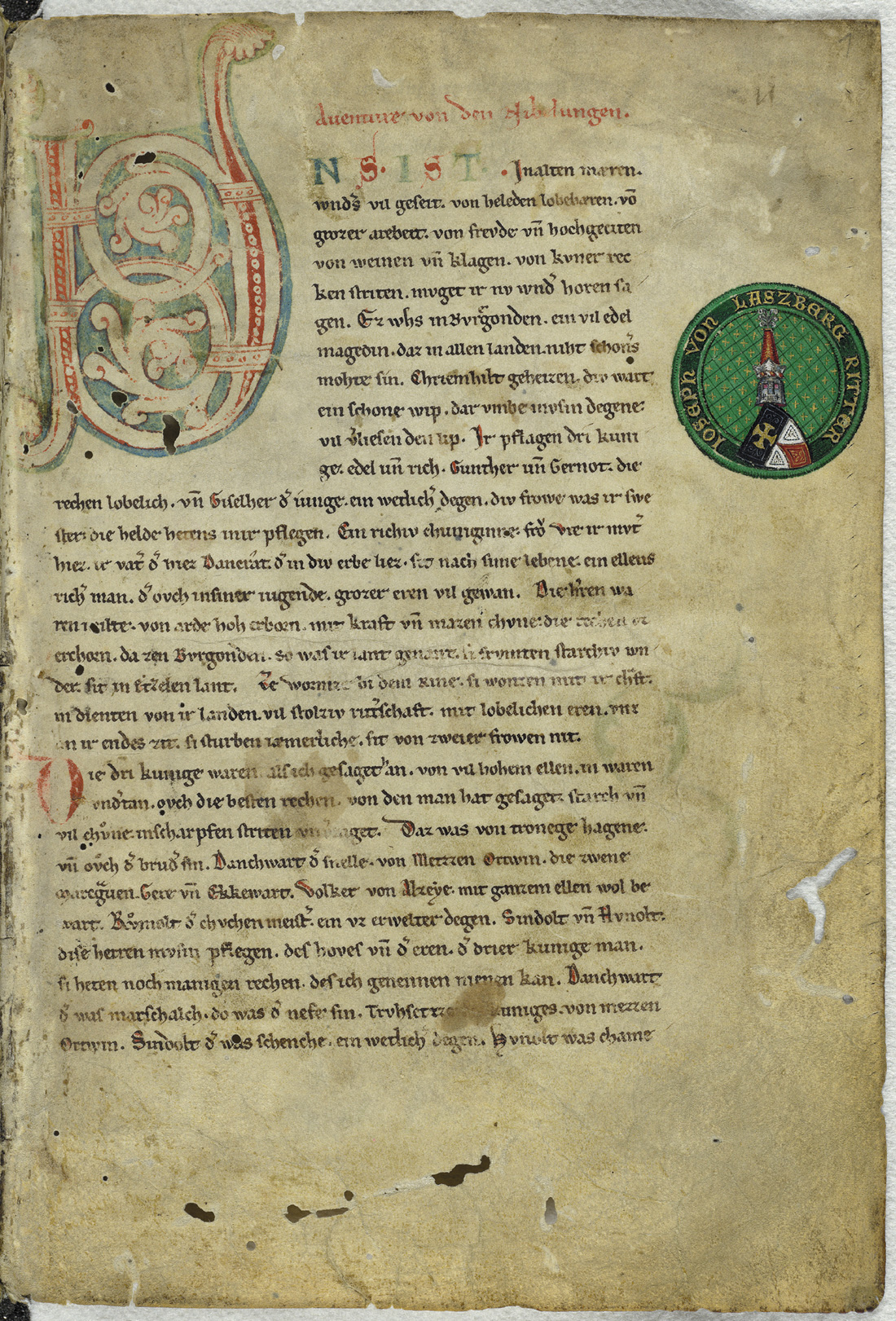
.jpg)
